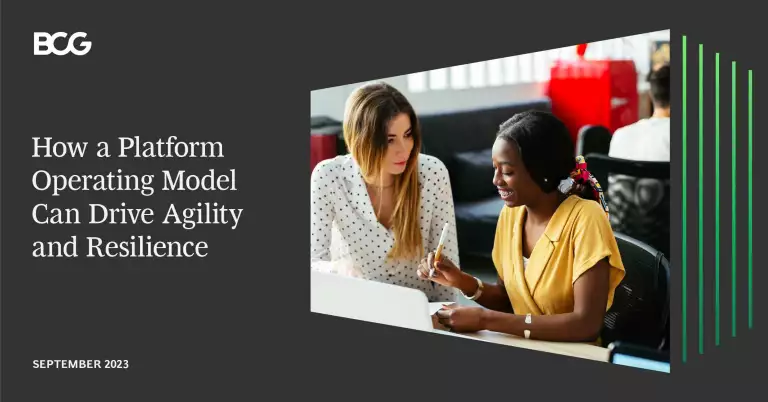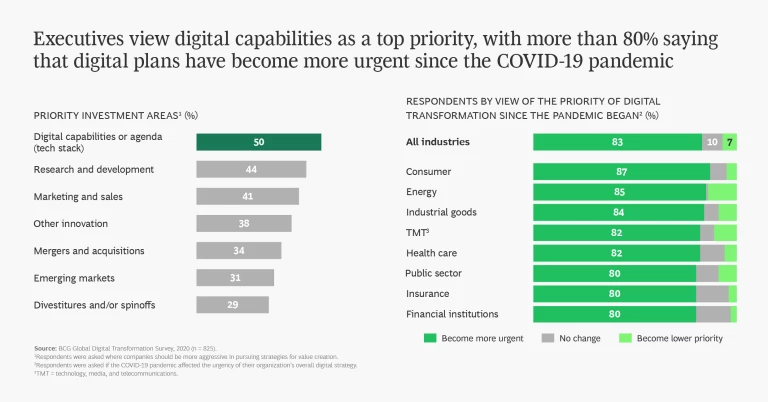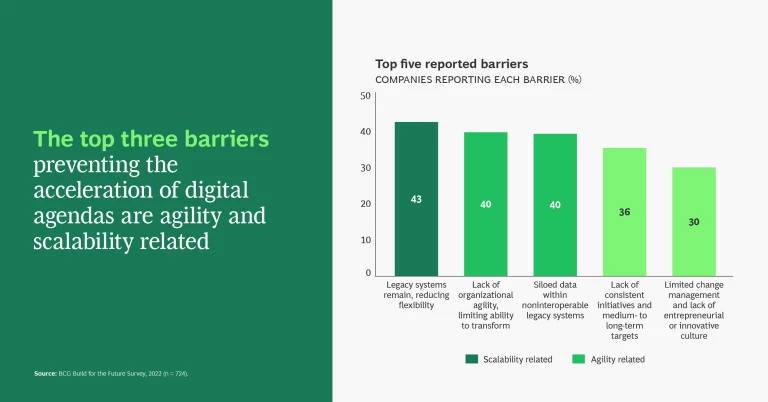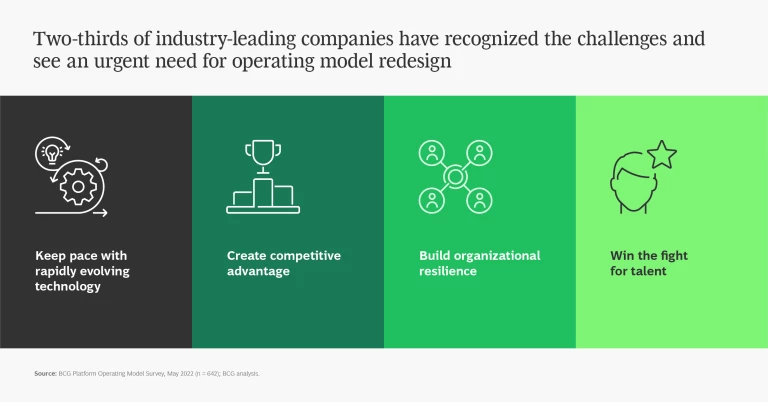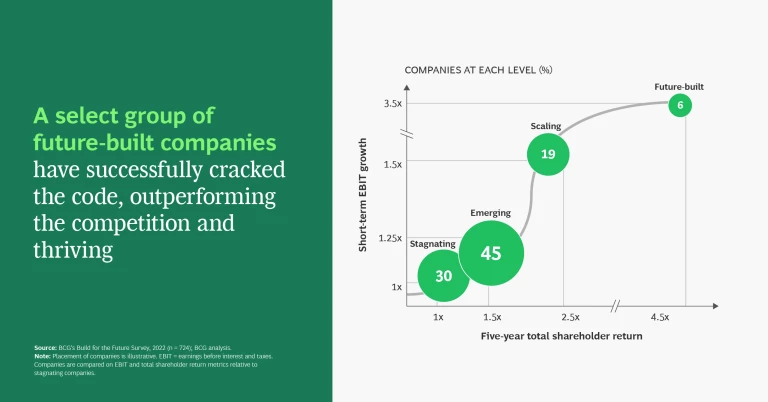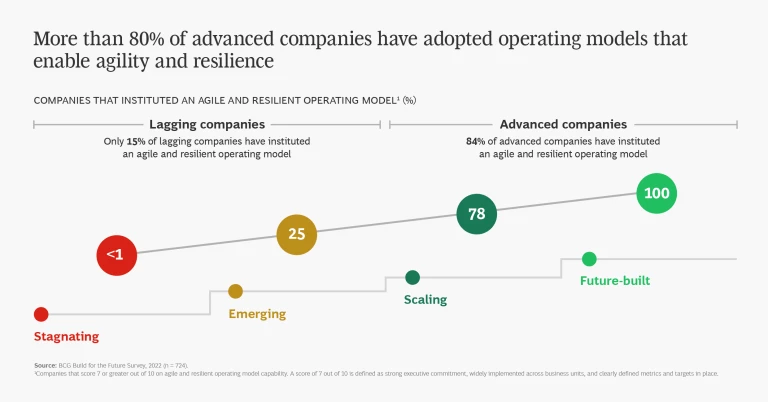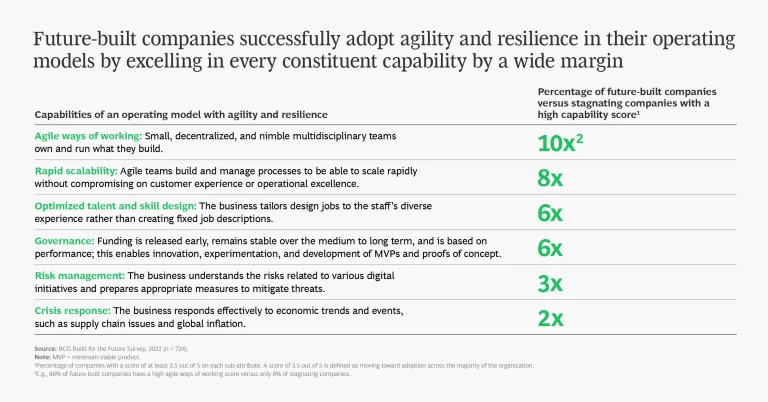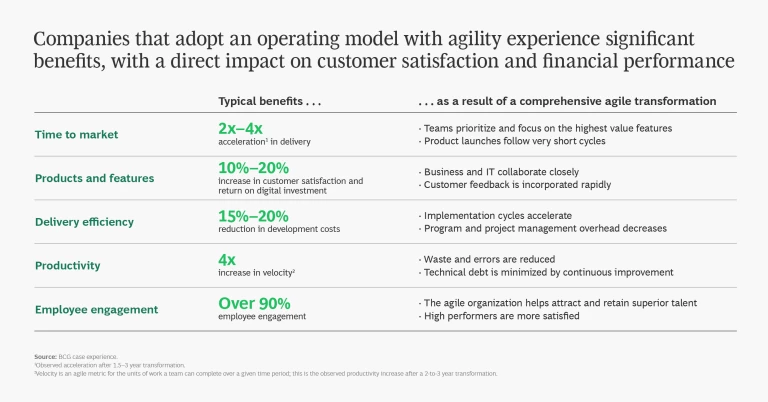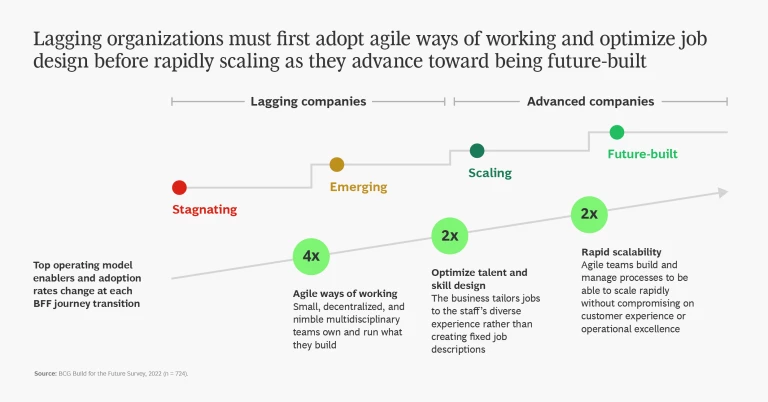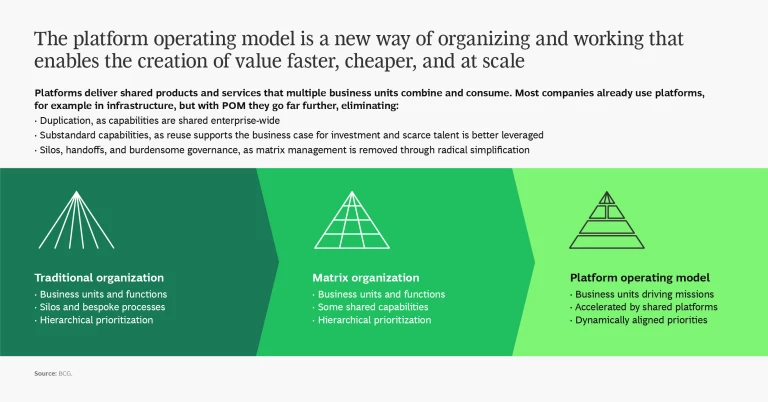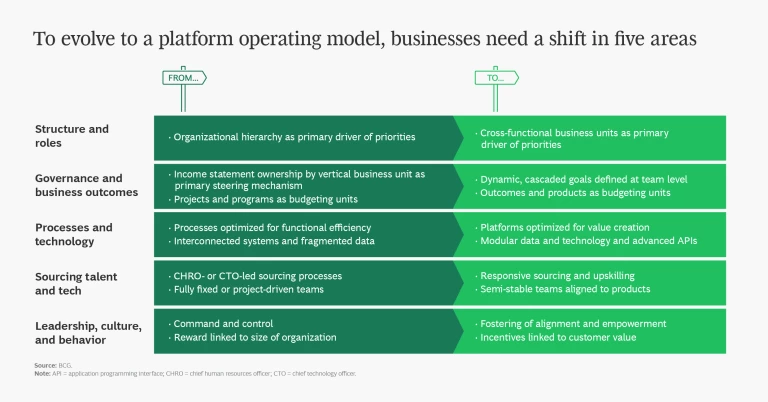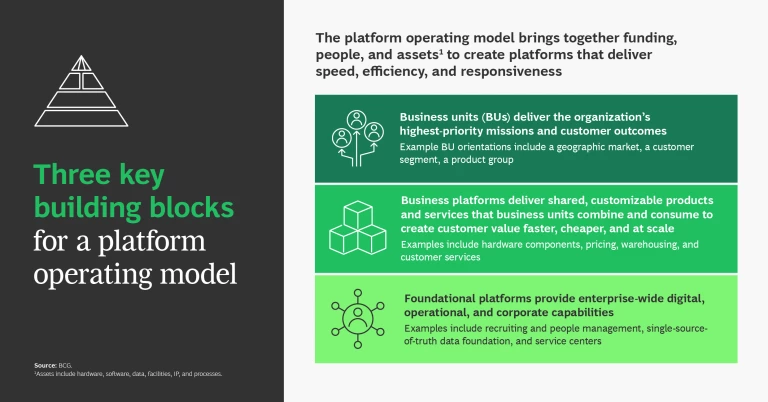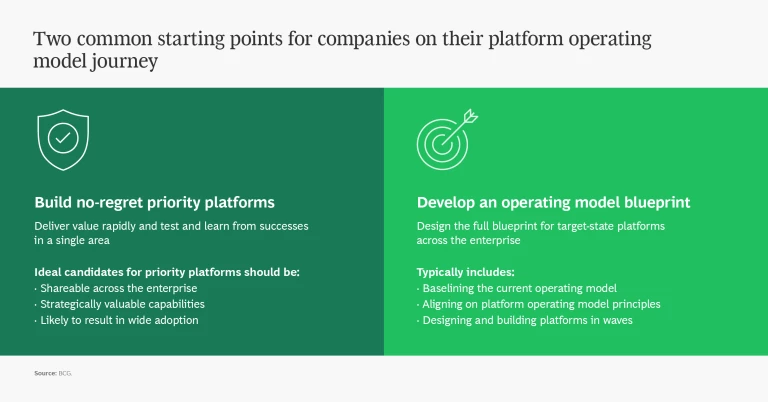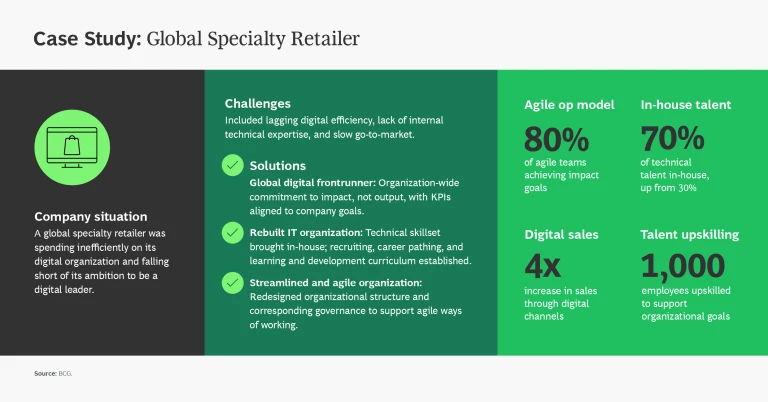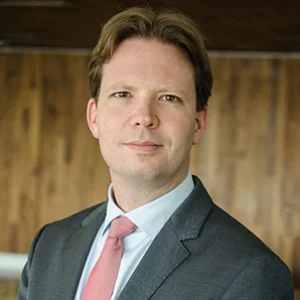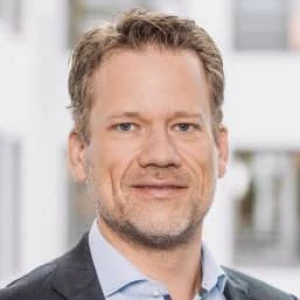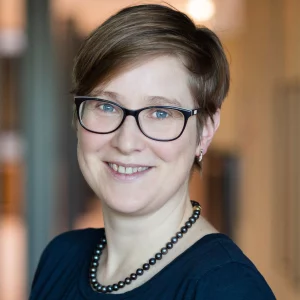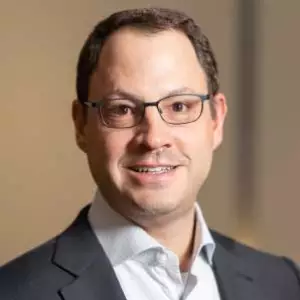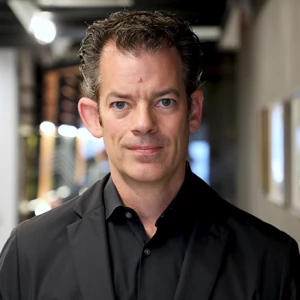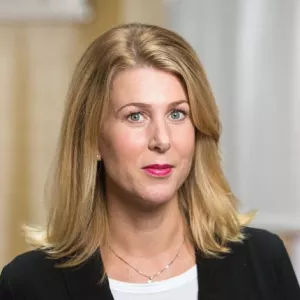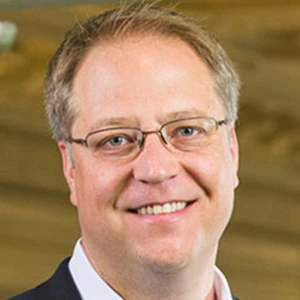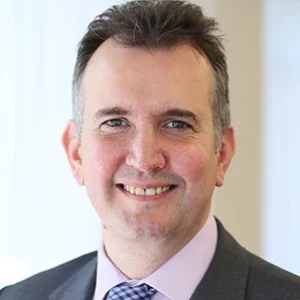The following insights are part of BCG’s Build for the Future series, based on three years of research conducted on digital transformations at major organizations around the world.
To succeed in today’s demanding business environment, companies need an agile and resilient operating model—one that supports their digital initiatives, eliminates duplication, bolsters results, and allows them to recover quickly from a crisis. Yet, BCG’s new Build for the Future (BFF) survey finds that legacy incumbents are typically struggling with siloed data, noninteroperable IT systems, and legacy infrastructure. They lack frontline decision-making ability. And they are resistant to change. These and other challenges block the path to success.
Perhaps unsurprisingly, executives in a separate survey point to digital capabilities as the top transformation priority. And many businesses have already deployed numerous—and often duplicate—small-scale digital initiatives. Others have implemented large-scale and effective projects, but the resulting capabilities are underused. Our BFF survey reveals how leading companies have succeeded. (See “Build for the Future”.)
Build for the Future
Our latest survey asked all participants about:
- Five areas that are fundamental to success
- The emphasis of transformation efforts
- How successful transformation efforts have been
- The degree to which each of more than 50 potential influencing capabilities were in place
From this research, we identified the path that companies must take to become built for the future. We’ve reconciled the challenge of what these companies need to do (identifying which initiatives drive the most value by sector) with the challenge of how to do it (determining which capabilities drive success and how to build them fast). CEOs can tailor this new playbook to their company-specific change agendas. Learn more about our Build for the Future campaign
At a Glance
The most successful companies in our survey are outperforming the competition and thriving in the current business environment. Of these “future-built” companies, 100% have implemented an agile and resilient operating model. They have done so by excelling in every constituent capability, including agile ways of working, rapid scalability, and optimized talent and skill design. Ten times the percentage of future-built companies, for example, have a high agility score than the percentage of companies we classify as stagnating. Why? Because their decentralized, multidisciplinary, agile teams own and run what they build. (See the slideshow.)
By the Numbers
The benefits of an agile and resilient operating model include recovery from crises more than two times faster than that of stagnating companies. (See exhibit.)
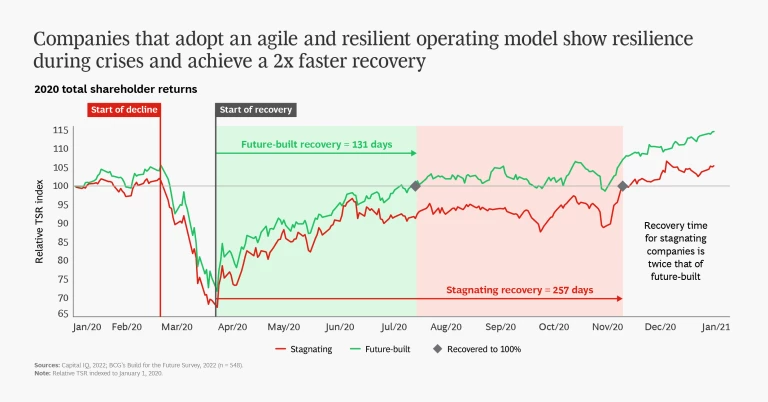
The Platform Operating Model
One way to ensure agility and resilience is to adopt a platform operating model (POM). The POM is a way of organizing and working that brings together funding, people, and assets to create “platforms” that deliver shared products and services across the enterprise. POM eliminates duplication, silos, and substandard capabilities, supporting the creation of customer value more quickly, cheaply, and at scale than a traditional model.
There are two potential paths to developing a successful POM. A business can begin from the bottom up, first building a single “no-regrets” platform that allows it to generate value quickly—testing and learning from its efforts in a specific area. This platform should focus on capabilities that are shareable across the enterprise, strategically valuable, likely to be widely adopted, and unarguably part of the company’s future blueprint. After a successful pilot, the business can move on to designing a full blueprint for the transformation.
Alternatively, a business can begin top-down, designing a full blueprint for its target-state platforms across the organization. This would typically include such steps as creating a baseline from the current operating model, confirming which business units and platforms will be included, developing a roadmap for implementation, and then designing and building the platforms in waves—such as function by function or division by division.
Supporting Business Ambitions with the Right Technology
Here’s an example of how one company successfully deployed a platform operating model: A large North American regional bank found that its fragmented and complex legacy infrastructure was making customer and employee experiences frustrating and inefficient. Maintaining so many legacy applications was also costly, leaving limited resources available to invest in new capabilities and business growth. And the bank lacked the talent to address these issues, in part because much of the IT work was outsourced, leaving a lack of internal applications and product knowledge.
The bank responded by designing and implementing a POM with agile cross-functional teams made up of developers, security specialists, and operations personnel. It filled its talent gap by recruiting and training advanced engineering personnel, and it remedied the lack of internal applications by equipping an API-enabled platform-as-a-service, which uses cloud infrastructure. The bank was then able to scale the effort quickly by implementing a program of reusing approved services. Within nine months of intervention, the bank had already seen substantial impact, including up to 40% reduction in delivery times for its products and services and the hiring and upskilling of 100 engineers. It further expects a 10% to 15% reduction in running costs—freeing up budget to deploy to more digital capabilities.
Organizations must contend with a rapidly changing market environment. Building an agile and resilient operating model through POM is one way to capture enterprise-wide value from technology investments, stay ahead on growth while withstanding disruptive external pressures, and better attract, retain, develop, and leverage talent.

